NOTE: As an Amazon Associate, I earn from qualifying purchases. Learn More.
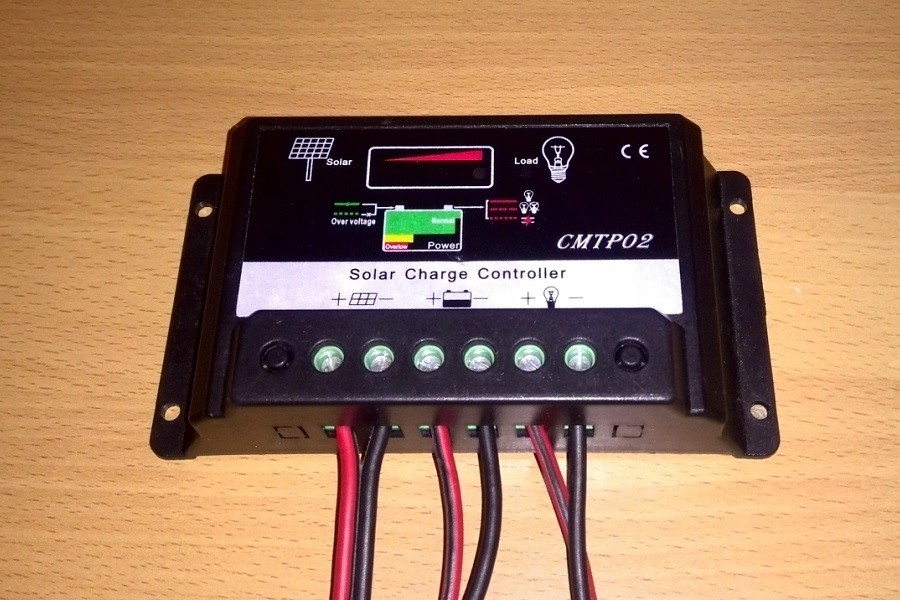
Why You Should Use a Charge Controller With Your Solar Generator
Solar power systems of all types and sizes provide homes with a sustainable, renewable, emission-free way to provide power to their home either as a backup system, or as a supplemental system to the power grid itself. Portable generators provide this same technology on the go.
Solar generators of all types are a fairly simple set up with just a few pieces of equipment. Many are familiar with generator parts such as the battery, inverter, and the solar panels themselves, but the solar charge controller tends to be overlooked sometimes.
There are some that choose to leave this component out, often to their detriment. Solar charge controllers have multiple uses, and can not only help your generator to perform better, but extend your battery life and capacity as well.
Because of this, it’s highly recommended that you make a quality charge controller a part of your solar generator’s setup if it isn’t already.
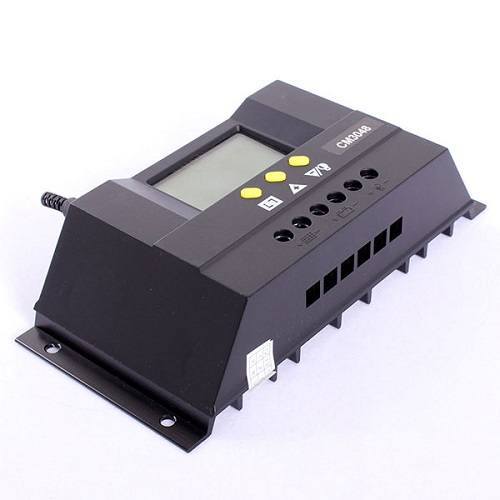
What is a Solar Charge Controller?
Before explaining what these devices are, it’s helpful to understand how the electrical current works in a solar generator.
The energy for a generator begins when photons from the sun’s rays hit the solar cells located inside the solar panels. This turns into a direct current of electricity, which is then sent to the generator’s battery. From there, the current is sent through an inverter to be converted into AC power, and out into various devices and appliances.
Do I Really Need a Solar Charge Controller?
Absolutely. Solar charge controllers perform a variety of tasks while also offering several convenient benefits. These devices can be as cheap as $15, although there are feature-rich models that can climb as high as $250.
Thankfully, you don’t have to spend very much money to obtain a capable charge controller that can be depended on to do its job.
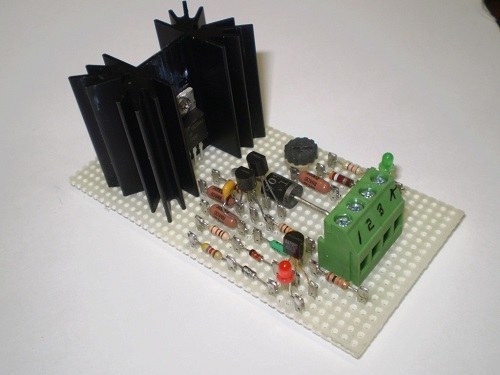
Benefits and Uses of Solar Charge Controllers
Although solar generators are simple units, charge controllers are depended on to manage all the little intricacies that go on with the circuits and electrical flow. Listed below are many helpful functions these devices perform on a regular basis.
Battery Charge
A solar charge controller is used to regulate the amount of voltage that is entering the battery from the solar panels. If a battery reaches its full capacity and continues to overcharge, you’ll suffer more than a few issues. The battery can overheat and explode, or throw of the entire system as a whole.
A malfunctioning battery can not only ruin your system, but pose a severe safety hazard as well. Thankfully, this is all easily avoidable.
Charge controllers sense when the battery is at its maximum, and stop the flow into the battery, thus saving battery life and ensuring normal operation of your generator. If you run a generator off of solar panels without a charge controller, you are left guessing, and also forced to monitor the system on your own. Charge controllers do all of this for you.
Reverse Current Blockage
When solar panels are creating electricity, the direct current is constantly flowing to the battery. When the sun goes down, some of the electricity in the battery can trickle back out and towards the panels. This results in lost power from the battery.
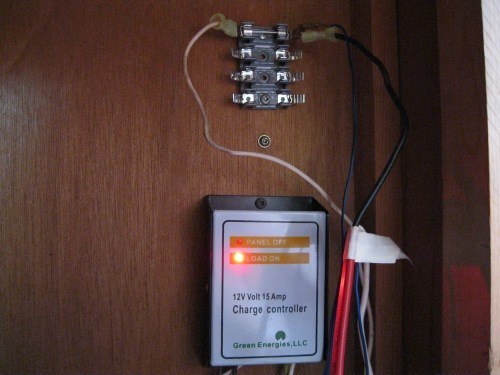
Charge controllers will cut off the line so to speak, which keeps the power in the battery. Think of them as a plugging a slow-leaking drain when the water shuts off.
Low Voltage Disconnect
Nearly all deep cycle batteries are designed to be depleted to 20% charge remaining. If the battery is drained beyond that, irreparable damage could occur, or at least shave off numerous cycles from the battery’s life. Without a charge controller, you’ll be shopping for a new battery before you know what hits you.
It is possible for you to use a voltage gauge and shut off devices when the battery gets low on your own, but doing this is still risky, not to mention incredibly inconvenient. Charge controllers can monitor the battery’s charge remaining, and disconnect loads when it gets too low. Once the battery is to an acceptable level again, the controller turns them back on.
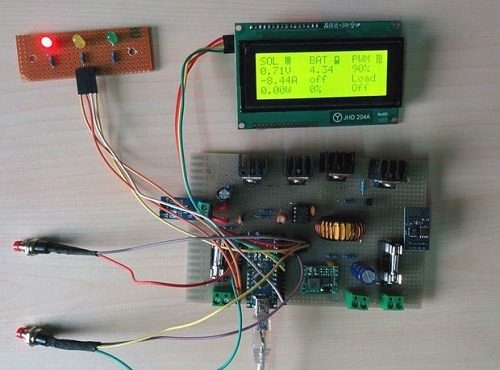
This allows you to let the generator operate on its own without micromanaging its functions. The charge controller handles everything itself.
Overload Protection
Circuits can become overloaded when the current flowing coming in is more than the circuit can actually handle safely. This will sometimes result in overheating, which can pose a serious fire threat, not to mention completely destroying your generator.
Circuit overload can occur for many reasons, such as faults in the wiring, or perhaps a defective device or appliance. Regardless of the reason why, charge controllers can be depended on to shut the circuit down when something goes wrong.
Temperature Control
Many people choose to keep their generators in garages and basements. During colder seasons, the temperature can drop, which causes the generator’s battery temperature to drop as well. When deep cycle batteries get cold, they lose charge. Charge controllers can actual combat this by raising the set point to a higher level, increasing the battery’s temperature.
Extra Features
Added features such as displays can also be included with your charge controller. These displays can be as simple as a single light, even digital displays of the voltage and current. Displays show the flow of power going into and coming out of your system, the charging status of your battery, and limit indicators.
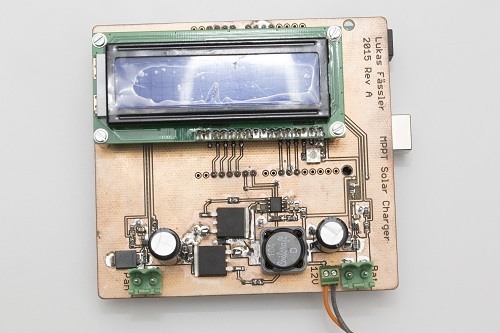
Higher-quality controllers can display amp-hour meter. This meter can show you energy levels remaining in your battery.
DIY Solar Charge Controller
Those that have a broad knowledge of electrical circuitry can choose to custom make their own DIY solar charger at home with just a few basic electrical components. This can allow you to include any certain features you want, as well as the necessary amps for your system.
Although buying a pre-made charge controller is easier, creating one that is perfectly tuned for you system can ensure that your generator is operating at its peak.
About the Author David Roberts
I'm a Mechanical Engineer who's obsessed with solar energy and sustainable living.

